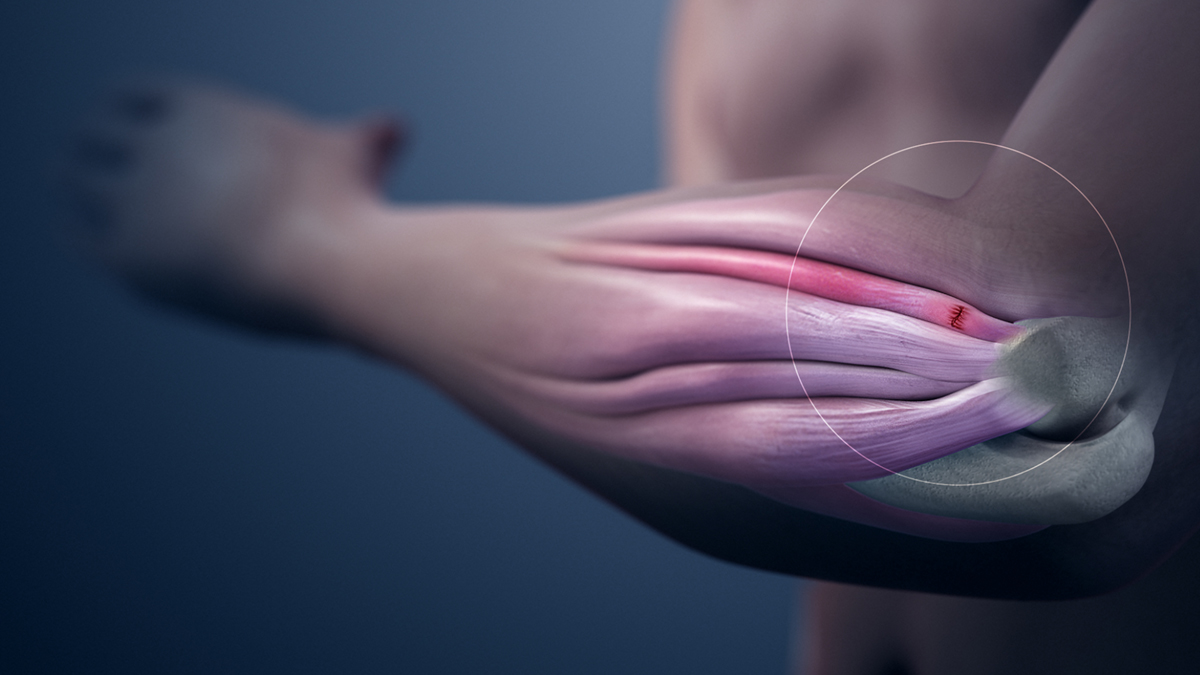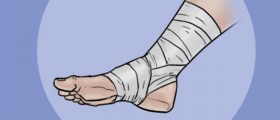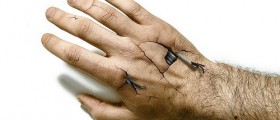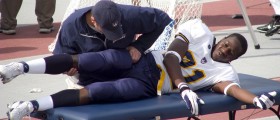
Forearm tendinitis
Tendinitis is characterised by inflammation and swelling of a particular body part and is caused by a tendon becoming strained through age, overexertion or physical injury due to trauma. Forearm tendinitis is specifically located in the lower arm and should not be mistaken for tendinitis of the wrist or the elbow.
Themost common cause of tendinitis in the forearm is from overexertion due to repetitive force being placed on the tendon by certain activities such as carrying particularly heavy weights. Injuries of the tendons in the forearm are also quite common, especially among athletes who use their arms a lot during their training or sport. Also, as a tendon ages, it weakens and is more at risk to becoming injured or strained, causing tendinitis.
Therefore,people who perform many tough physical actions during their job, people older than 40 years, athletes and people who exercise frequently are the most at risk of experiencing tendinitis in theforearm.
Symptomsand Treatment
Tendinitisin the forearm is very similar to most other kinds of tendinitis and the symptoms can be compared very easily. Forearm tendinitis typically causes swelling and inflammation around the tendon in the lower arm. The arm may become stiff and difficult to move and will most likely also be fairly painful, especially if the tendinitis is the result of an injury to the tendon. This may be accompanied by a grinding sound as the forearm moves and moving the hand may becometricky.
Tendinitismay appear either during or after the activity that caused it and the pain generally gets worse over time.
Treatmentshould begin as soon as the symptoms begin to appear, since early action can prevent the injury from escalating too much and will help heal the tendinitis quicker. Most of the time, tendinitis can be fully treated at home without a doctor's help. The four important steps to treating an injury of this type can be shortened to the acronym RICE:
Restthe forearm and avoid moving it too much.
Iceshould be applied to the injured area for around twenty minutes a few times each day. A cold compress can be used alternatively.
Theforearm should be compressed gently and constantly by tying a bandage around the limb.
Elevatethe forearm to decrease the pain.
Followthis treatment until all of the symptoms disappear, after which it is advised to avoid using the forearm for one to two weeks after healing to prevent the injury from returning. Persistent forearm tendinitis should be taken to a doctor for examination.
Tohelp prevent tendinitis in the first place, stretch the limbs before and after exercise to limber up the muscles and prevent strain.

















Your thoughts on this
Loading...